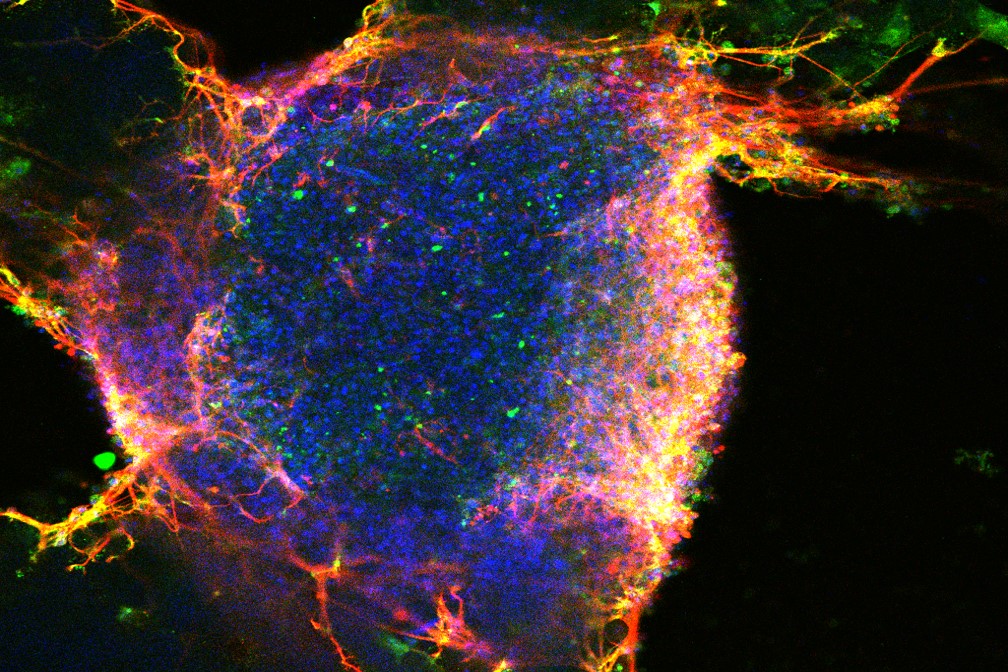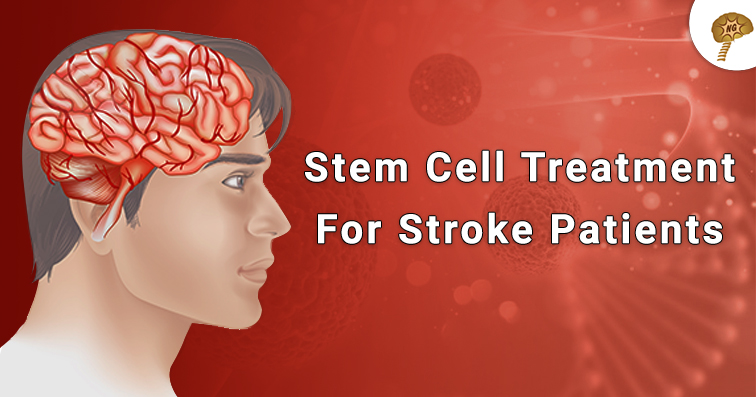

Unfortunately, there is no cure for acquired, inherited, or age-related hearing loss. More subtle genetic defects that cause a predisposition toward age-related hearing loss are poorly understood. Eighty percent of genetic hearing loss is recessive, with the rest inherited as a dominant trait. In addition to acquired hearing loss, more than 300 genetic loci have been linked to hereditary hearing loss, with about 70 of the causative genes identified. Because mature inner ears lack the capacity for self-repair, the cellular damage is permanent. Friday, News by Mike Kotsopoulos A study led by investigators in the Eaton-Peabody Laboratories (EPL) demonstrates an improved way of studying hair cell regeneration in the inner ear, moving scientists closer in their quest to developing new treatments for permanent hearing loss. The inner-ear sensory cells and neurons can be damaged by environmental insult (such as exposure to infectious agents, drugs such as aminoglycoside antibiotics or chemotherapeutics, or overexposure to loud sounds) or by a host of genetic factors. The problem is multifactorial and can arise from damage or death of the primary sensory cells or the inner-ear neurons that relay auditory information to the brain. If you would like to learn more about the treatment options available at our facilities, contact us today and one of our Patient representatives will get back to you at your earliest convenience.Sensorineural hearing loss is the most common sensory deficit in the world, with nearly 300 million affected individuals. However, researchers have been able to identify physiological (tremor, insomnia and spasms) and behavioural (depression and anxiety) indications of tinnitus in mice by monitoring and manipulating behaviour. Stem cell trials for Tinnitus continue to prove a challenge to scientists who need to design the Tinnitus experience in the test animals. The same stem cells are used to treat multiple diseases. The scientists discovered that stem cells survived when applied to the surface of the glial scar as opposed to injecting underneath the scar. The ISSCR lists these warning signs that a stem cell treatment is not legitimate: It makes claims based on patient testimonials. In previous studies, transplanted stem cells failed to bypass the glial scar causing them to die. In 2015 scientists in Kyoto, Japan discovered a new way of transplanting the stem cells. Studies have been conducted to find ways to harvest and programme stem cells and then transplant them into the damaged auditory tissue. The body’s stem cells’ regenerative properties have a major role to play in Tinnitus research. Unfortunately the cells never grow back in humans and often cause hearing loss and tinnitus.

The auditory hair cells are fragile and can be easily damaged by infection, trauma and loud noise, and aging. Stem Cell Therapy provides an alternative form of treatment for Tinnitus caused by damage to or loss of auditory hair cells or damage to the auditory nerve. Successful as it may be, the surgical process of implanting the device does not provide a valid and reliable mode of treatment of Tinnitus or loss of hearing. Consequently, this normalises the activity in the auditory cortex and stops tinnitus. The patients use their thoughts to control the signal. The device wirelessly transmits the “chattering” signal to an app on the patient’s phone.

The implant detects any alteration in brain activity and resynchronises the neural chatter. Severe cases of this condition can be treated using a surgically implanted device. However, there are available treatment options including sound therapy, cognitive behavioural therapy, and tinnitus retraining therapy. Tinnitus would usually get better on its own over time. However, it can at times have adverse effect on the patient’s quality of life by causing severe distress, affecting concentration, and causing insomnia and depression. SHEFFIELD, England, Ap/PRNewswire/ - Rinri Therapeutics, a biotechnology company developing a novel stem cell therapy to restore hearing, today announces that it has raised a total of. In many cases tinnitus causes a minor irritation. Tinnitus is not a disease but a symptom associated with hearing loss. However, regenerative medicine, such as stem cell therapy, has become a promising tool to cure many diseases, including hearing loss. Tinnitus is perceived noises or ringing of the ear that originates from the auditory cortex. Purpose Sensorineural hearing loss (SNHL) is commonly caused by the death or dysfunction of cochlear cell types as a result of their lack of regenerative capacity.


 0 kommentar(er)
0 kommentar(er)
